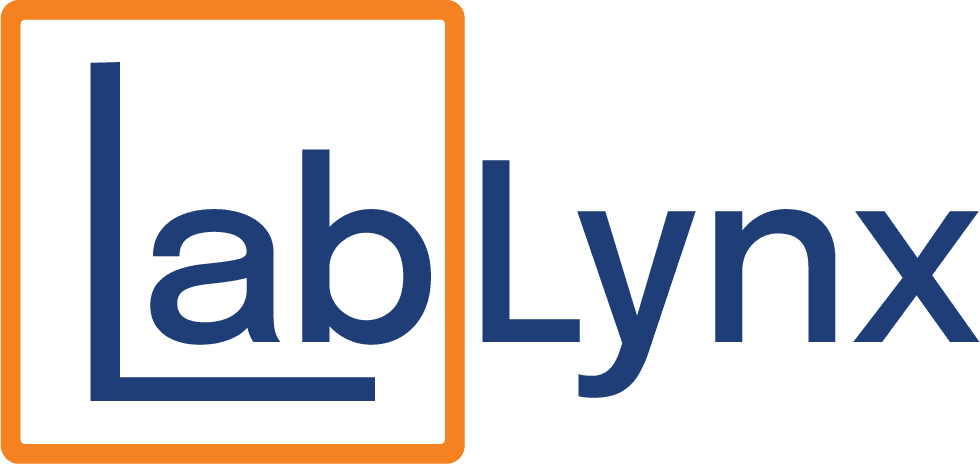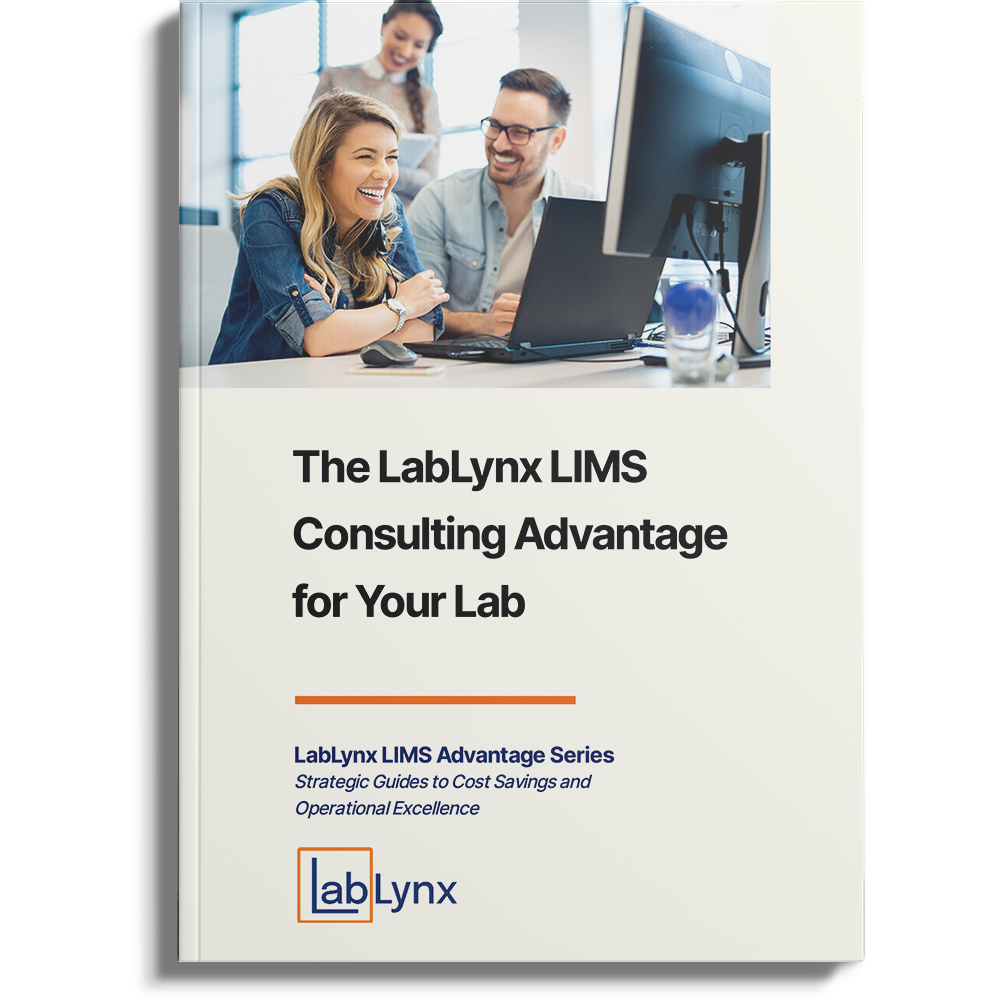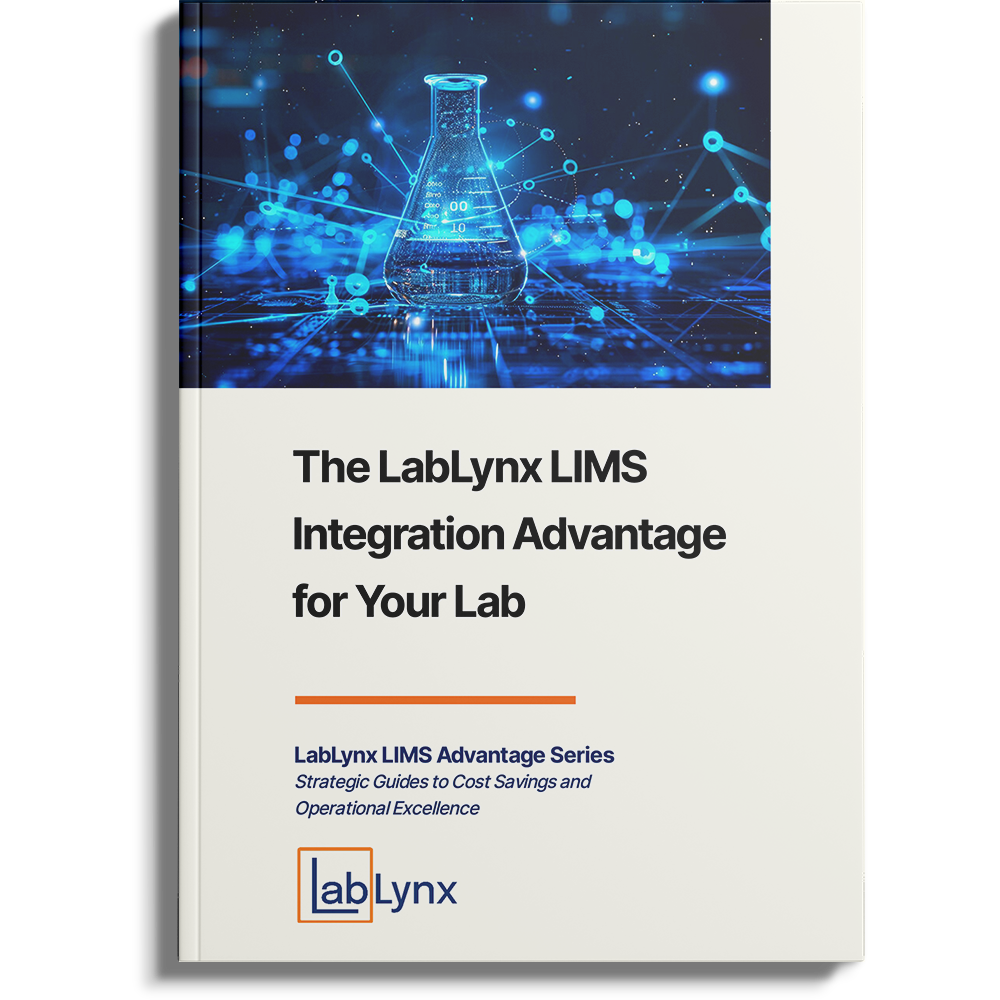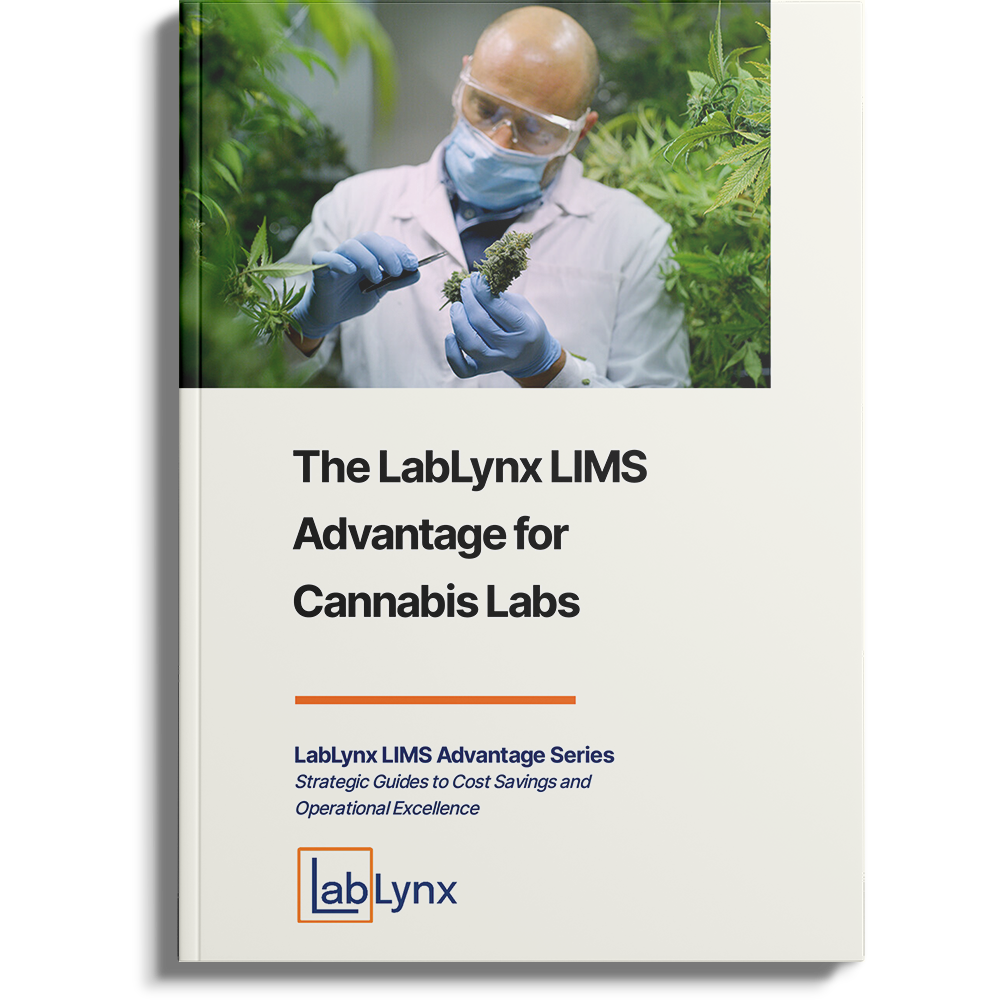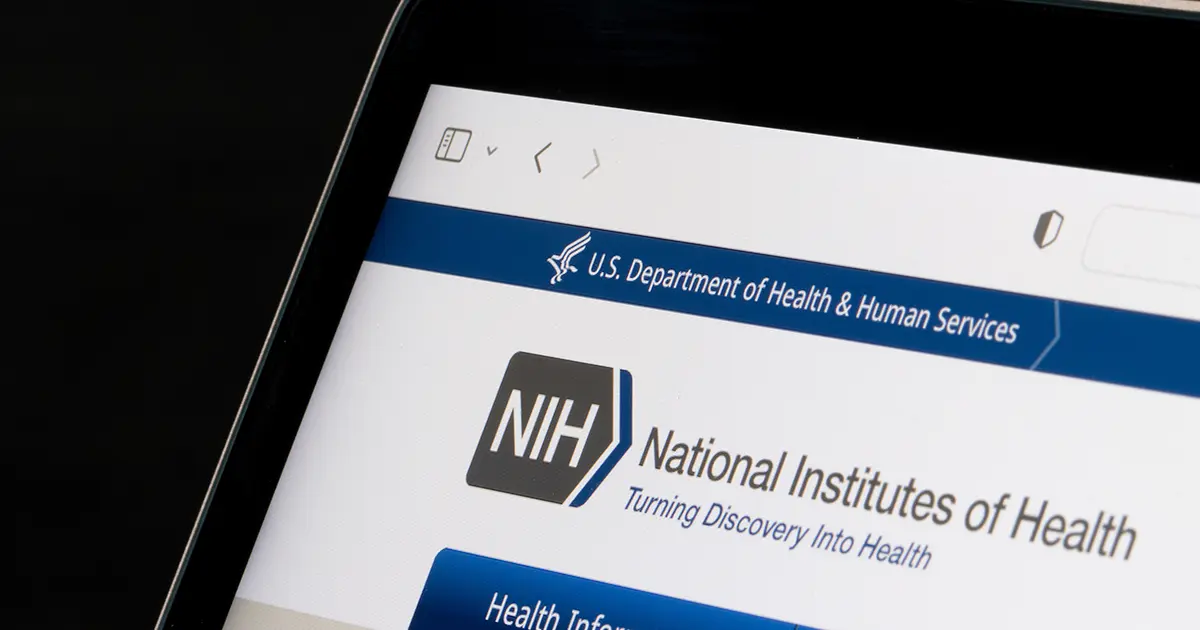
The world of scientific research is undergoing a transformation—and at the center of it all is how data is managed, shared, and preserved. Beginning in 2025, the National Institutes of Health (NIH) is enforcing a comprehensive Data Management and Sharing (DMS) Policy that will have a major impact on how research data is handled across academic institutions, laboratories, and clinical research environments. For researchers and lab managers, this shift is not just a compliance checkbox—it’s a call to modernize. And there’s one tool emerging as essential in this effort: the Electronic Laboratory Notebook (ELN).
If you’re wondering how to align your research operations with the new NIH policy, or simply looking to future-proof your lab’s data practices, this article is your complete guide. Let’s explore the NIH’s DMS policy, what it means for your lab, and how the right ELN can support long-term compliance, transparency, and scientific integrity.
What Is the NIH 2025 Data Management and Sharing Policy?
The NIH’s updated Data Management and Sharing Policy requires all NIH-funded researchers to submit a robust plan outlining how scientific data will be managed and shared. This policy officially goes into effect for all new proposals starting January 25, 2025, and applies to all NIH-funded research that generates scientific data.
Key Objectives of the Policy:
- Promote transparency and reproducibility of research
- Maximize the value of data collected with public funding
- Encourage responsible data sharing while respecting privacy, confidentiality, and intellectual property
- Ensure data is properly documented, preserved, and accessible
To meet these goals, researchers must submit a Data Management and Sharing Plan (DMSP) as part of their funding application and follow through with its execution throughout the project lifecycle.
The Challenge: Managing and Sharing Data in a New Era
Scientific data is more complex than ever. Labs are collecting enormous volumes of data from multiple sources—instrument outputs, observations, images, spreadsheets, raw datasets, and more. Traditionally, this data has been stored in paper lab notebooks, siloed spreadsheets, or institutional drives, creating risks like:
- Data loss or corruption
- Lack of documentation and version control
- Inconsistent naming conventions
- Difficulty sharing data between collaborators or institutions
- Limited reproducibility of experiments
With the NIH’s new policy, these risks now come with consequences—including jeopardized funding or project delays. Labs need a reliable, standardized, and secure way to manage their research data from the moment it’s generated. That’s where Electronic Laboratory Notebooks come in.
How ELNs Help You Stay Compliant with the NIH Policy
1. Centralized and Structured Data Capture
An ELN provides a unified platform to document experiments, protocols, observations, and results in real time. This ensures that all data—structured or unstructured—is properly recorded, categorized, and searchable, aligning with NIH requirements for data integrity and accessibility.
2. Version Control and Audit Trails
ELNs automatically track changes and maintain version histories, ensuring that your data is tamper-proof and that records of modifications are available for audit or review. This is critical for ensuring transparency and reproducibility in line with NIH goals.
3. Easy Integration with Institutional Repositories
Many ELNs allow seamless integration with institutional or public data repositories, simplifying the process of sharing datasets at the end of a project. Whether you need to publish in a FAIR-compliant format or link to a dataset in your grant report, an ELN makes the process far more efficient.
4. Metadata Management
Proper metadata is a core part of any DMSP. ELNs help standardize metadata fields, ensuring each data point is documented with relevant information such as authorship, method, instrument used, timestamps, and conditions. This aids in making data Findable, Accessible, Interoperable, and Reusable (FAIR).
5. Collaboration and Access Control
Whether you’re working across departments, institutions, or time zones, ELNs provide secure collaboration tools. Permissions can be configured to control who can view, edit, or comment on entries—allowing open communication without compromising data integrity.
6. Compliance with Data Security and Privacy Requirements
The NIH policy stresses the importance of respecting participant privacy and data security. ELNs offer robust encryption, access control, and secure cloud or on-premise hosting options to keep sensitive data protected.
Case Study: Academic Lab Preparing for the 2025 Policy
A research lab at a leading university, funded by an NIH neuroscience grant, faced challenges organizing datasets, versioning experiment results, and collaborating across campuses. With the 2025 policy approaching, the lab adopted an ELN to centralize their research records and build a compliant DMSP.
Results:
- Cut administrative time in half by automating documentation and metadata tagging
- Improved data reproducibility with standardized templates
- Streamlined data exports to NIH repositories
- Enabled secure sharing of anonymized datasets with external collaborators
The ELN became more than a compliance tool—it became a productivity engine for the lab.
What to Look for in an ELN to Meet NIH Compliance
Not all ELNs are created equal. If your goal is to align with NIH standards, look for ELN platforms that offer:
- Customizable templates for data capture
- Automated metadata generation
- Integration with data repositories and research databases
- Strong security and role-based access control
- Full audit trails and version histories
- Compatibility with institutional IT policies and compliance requirements
Preparing Your Lab for 2025: A Quick Checklist
- Review the NIH Data Management and Sharing Policy in detail
- Draft a DMSP using available NIH templates
- Choose an ELN that supports structured data capture and metadata
- Train your team on standardized documentation practices
- Establish a workflow for reviewing, updating, and sharing data
- Ensure secure storage and backup protocols are in place
Conclusion
The NIH’s 2025 Data Management and Sharing Policy marks a turning point in how research data is handled. Labs that prepare now by adopting digital solutions like Electronic Laboratory Notebooks will be in the best position to secure funding, uphold data integrity, and lead in scientific innovation.
If your lab is still relying on paper notebooks or fragmented digital files, now is the time to make the switch. The right ELN doesn’t just help you stay compliant—it empowers your lab to work smarter, collaborate more effectively, and share research that makes a difference.
Ready to Take the Next Step?
Explore how modern ELN solutions can align your lab with NIH standards and beyond. Schedule a demo!
